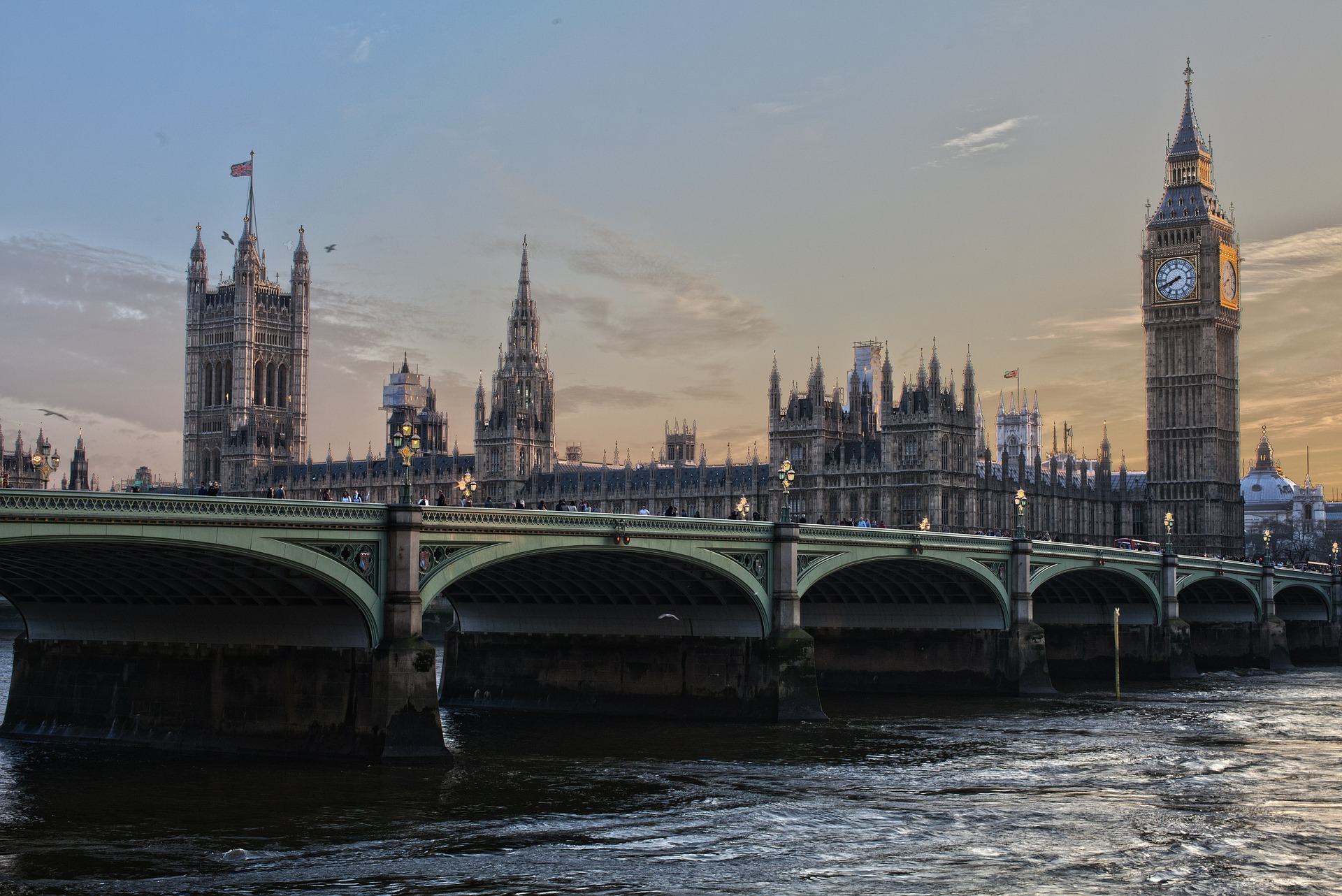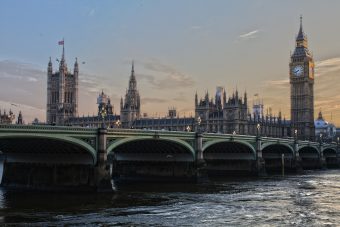 Dr Fatih Birol, the Executive Director of the International Energy Agency, was awarded the second annual Carnot Prize from the Kleinman Center for Energy Policy at the University of Pennsylvania’s School of Design for his “distinguished contributions to energy policy.”
Dr Fatih Birol, the Executive Director of the International Energy Agency, was awarded the second annual Carnot Prize from the Kleinman Center for Energy Policy at the University of Pennsylvania’s School of Design for his “distinguished contributions to energy policy.”
“We honor Fatih Birol for guiding the complex and politically-fraught process of global collaboration on energy policy,” said Penn President Amy Gutmann. “Dr Birol is steadily advancing inclusivity and equity by expanding the IEA’s role beyond primarily ‘first-world’ interests to encompass a much broader global community.”
President Gutmann also announced the creation of a new graduate student fellowship program at the IEA’s headquarters in Paris. The programme, which was named in honor of Dr Birol, will provide new opportunities for a rising generation of Penn-educated leaders.
“I am extremely honored by this distinction, which celebrates a forefather of the energy revolution, a mathematician and scientist—Nicolas Sadi Carnot,” said Dr Birol, “Carnot’s work has helped improve our understanding of energy efficiency, a topic to which we are very much attached at the IEA. It’s a special pleasure to be in the company of Penn students who will be the future leaders of our industry.”
Source: iea.org


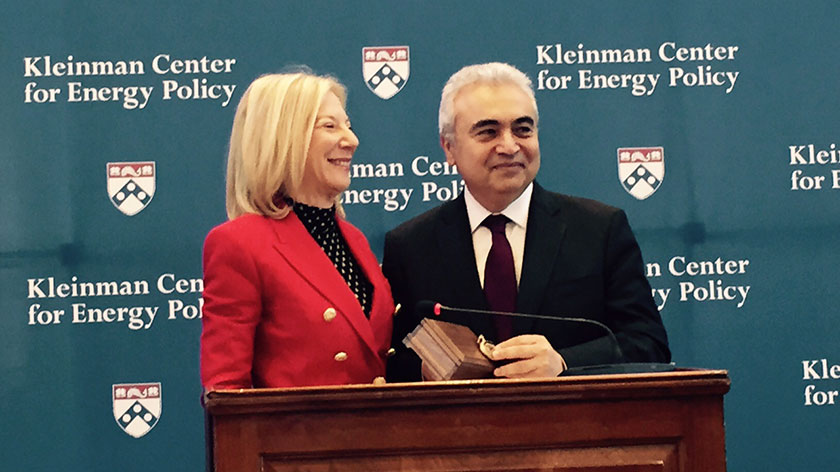

 Two scientific and technical cooperation programs for the period 2016 through 2021 were signed few days ago at the Gazprom headquarters, with one program inked by Gazprom, Magnitogorsk Iron & Steel Works, and TMK, and the other by Gazprom, Magnitogorsk Iron & Steel Works, and Chelyabinsk Pipe Rolling Plant.
Two scientific and technical cooperation programs for the period 2016 through 2021 were signed few days ago at the Gazprom headquarters, with one program inked by Gazprom, Magnitogorsk Iron & Steel Works, and TMK, and the other by Gazprom, Magnitogorsk Iron & Steel Works, and Chelyabinsk Pipe Rolling Plant.












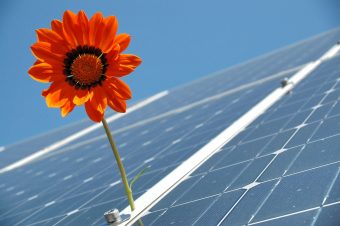
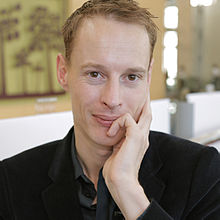


 Furthermore, we can deal with the solutions related to Grundfos pumps. Pumps currently consume 10% of global electricity. However, most are needlessly inefficient. With Grundfos high efficiency pumps and motor technology we can reduce the average pump’s energy consumption by up to 60%. Our energy-efficient products are especially relevant due to increased legislation such as the EuP Directive. Some of those pumps are: MAGNA3, ALPHA2, ALPHA3 and all pumps with motors which have label Blueflux®.
Furthermore, we can deal with the solutions related to Grundfos pumps. Pumps currently consume 10% of global electricity. However, most are needlessly inefficient. With Grundfos high efficiency pumps and motor technology we can reduce the average pump’s energy consumption by up to 60%. Our energy-efficient products are especially relevant due to increased legislation such as the EuP Directive. Some of those pumps are: MAGNA3, ALPHA2, ALPHA3 and all pumps with motors which have label Blueflux®.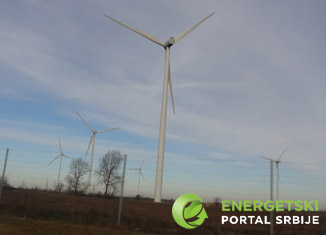


 Wrapping up a three-day visit to the country, UNDP Administrator Helen Clark met today with a rural community in Burkina Faso which is bearing the brunt of the effects of environmental degradation and deforestation in a country where scarce water resources leave the population especially vulnerable to even the smallest fluctuations in rainfall.
Wrapping up a three-day visit to the country, UNDP Administrator Helen Clark met today with a rural community in Burkina Faso which is bearing the brunt of the effects of environmental degradation and deforestation in a country where scarce water resources leave the population especially vulnerable to even the smallest fluctuations in rainfall.

